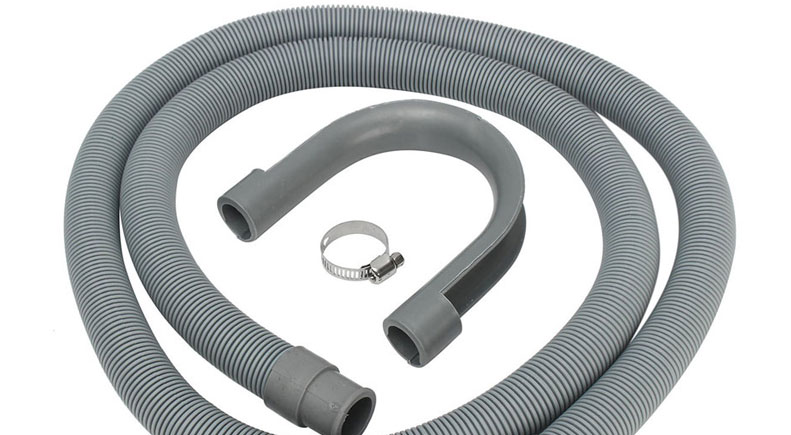There are many reasons to upgrade or buy a new washing machine. It’ll wash your clothes better and will make them more efficient. Additionally, it will cut down on the amount of laundry you do. This means you won’t have to waste as much time looking for the items you need while also being in a position to remember things at home, such as your kids’ sports activities. A few TV ads go further by suggesting certain brands make people happier when they do their laundry however this will depend greatly on individual preferences as well as the features particular models offer, the truth is these machines work best when they’re installed correctly.
Connectors to Drain of Washing Machine Hose
There are two possibilities for connecting the drain pipe from your washing machine. You can either install a vertical pipe or put it above the sink to dispose of the wastewater.
1. Slop Sink Connection
There are various methods to empty your washer however, the sink with slop is one of the ones you should think about. This particular installation comes with many potential dangers. It could lead to back-up of water in the filter due to the fact that there is a gap of air between the hoses. Also, any force used by the spin cycle can harm anything inside the device.

2. Drainpipes that are Dedicated Pipe
An additional connection could be a better option for the drain line of your washing machine. These pipes can drain the water out of the washing machine more efficiently than sink drains in the kitchen. They are also larger than regular plumbing and won’t get blocked or dislodged as easily as the case if they were to the dishwasher directly below it. They can also be located in higher levels. This means that there is less risk of using them than integrating both indoors through an open door or window.
3. Maintenance of the Washing Machine Drain Hose
Hose connections can be difficult and confusing, however, when you set it in a proper way, your house will remain cleaner for longer! Be sure to remember about keeping the hose clean or attachments with ease. You can add filters for the drain pipes at each end. If you’re looking to make your own, use socks/pantyhose. This will help prevent lint and debris from building in the interior of the hose.
Common Materials for the Washing Machine Drainhose
1. Stainless Steel Braided Drain Line
The material is not as flexible or rigid as it’s called stainless-steel. It is wrapped in a plastic mesh that is an encased mesh. It is able to withstand twists and cuts as well as burst more easily than other material that is available. Certain brands label their products as ‘burst-free’ to demonstrate how much attention was paid to this specific aspect.
2. Rubber Drain Hose
The rubber hose is a great alternative to more expensive metal and plastic ones. It’s been used for a long time, but with the latest models featuring braided polyester mesh or rayon to improve strength; however you’ll require one which is reinforced, as it’s going through some rough use. You don’t have to figure out any fabrication projects either; they’re already formed as intended which makes them easy-to-purchase options too.
For more information, click flexible drain pipe for sink